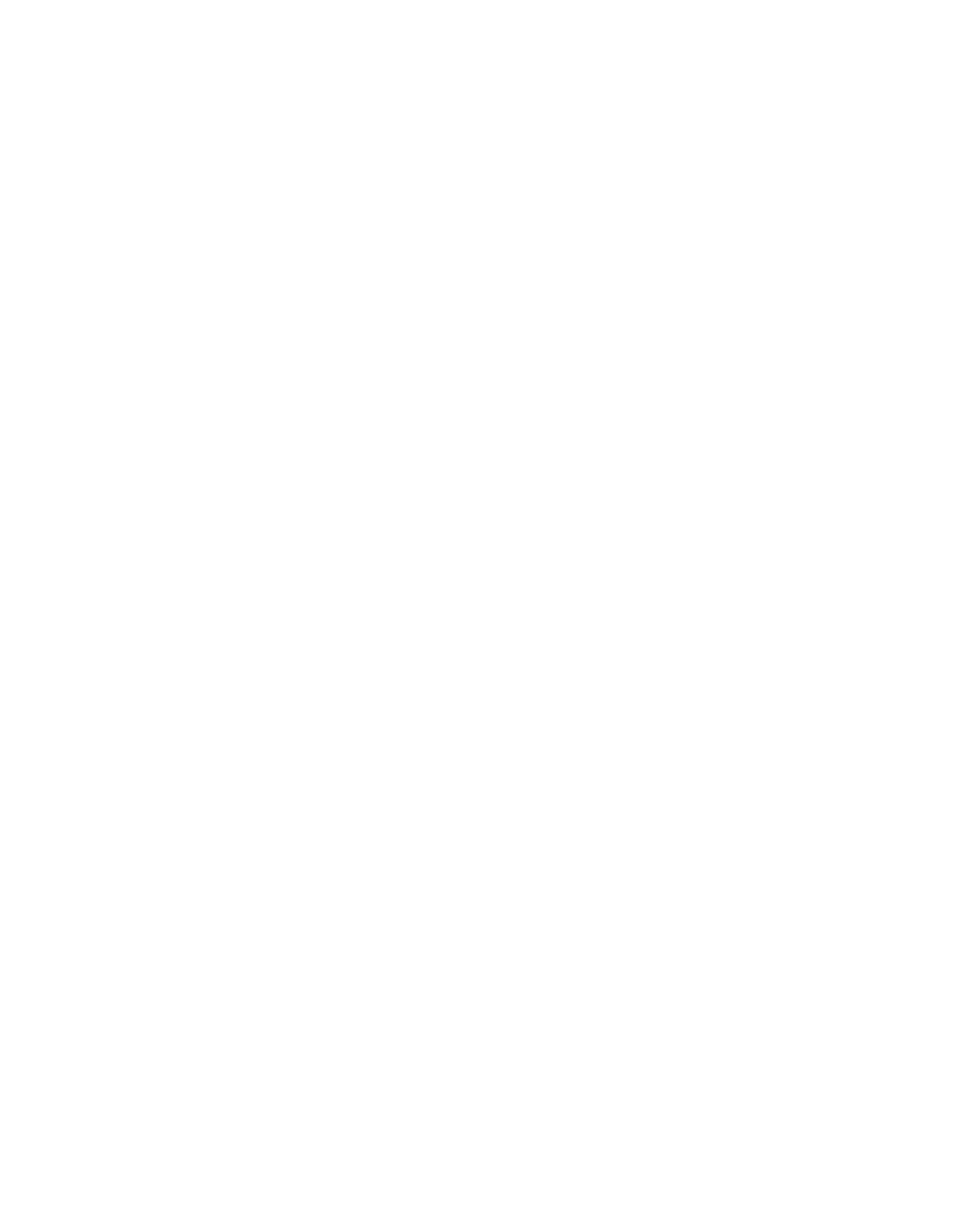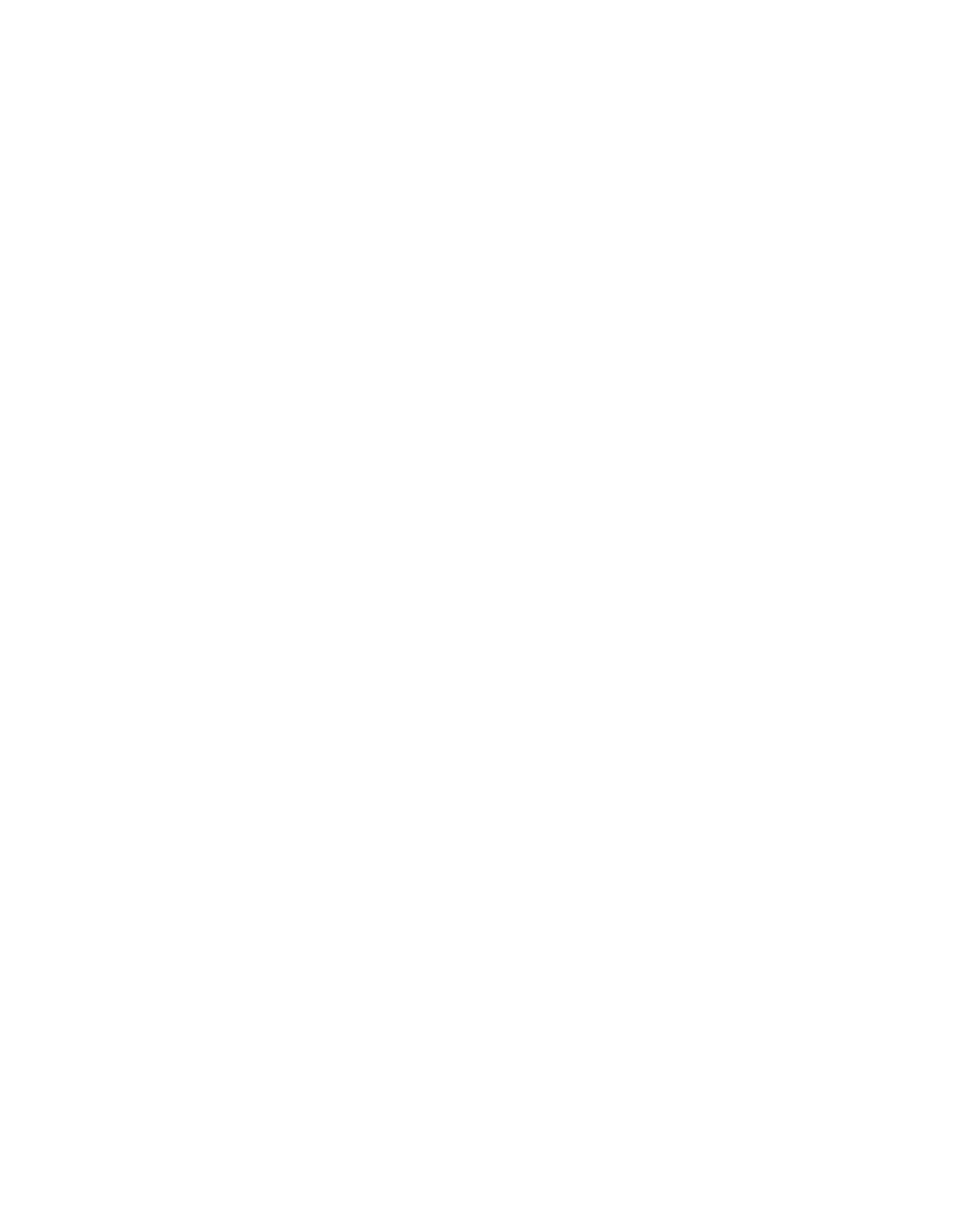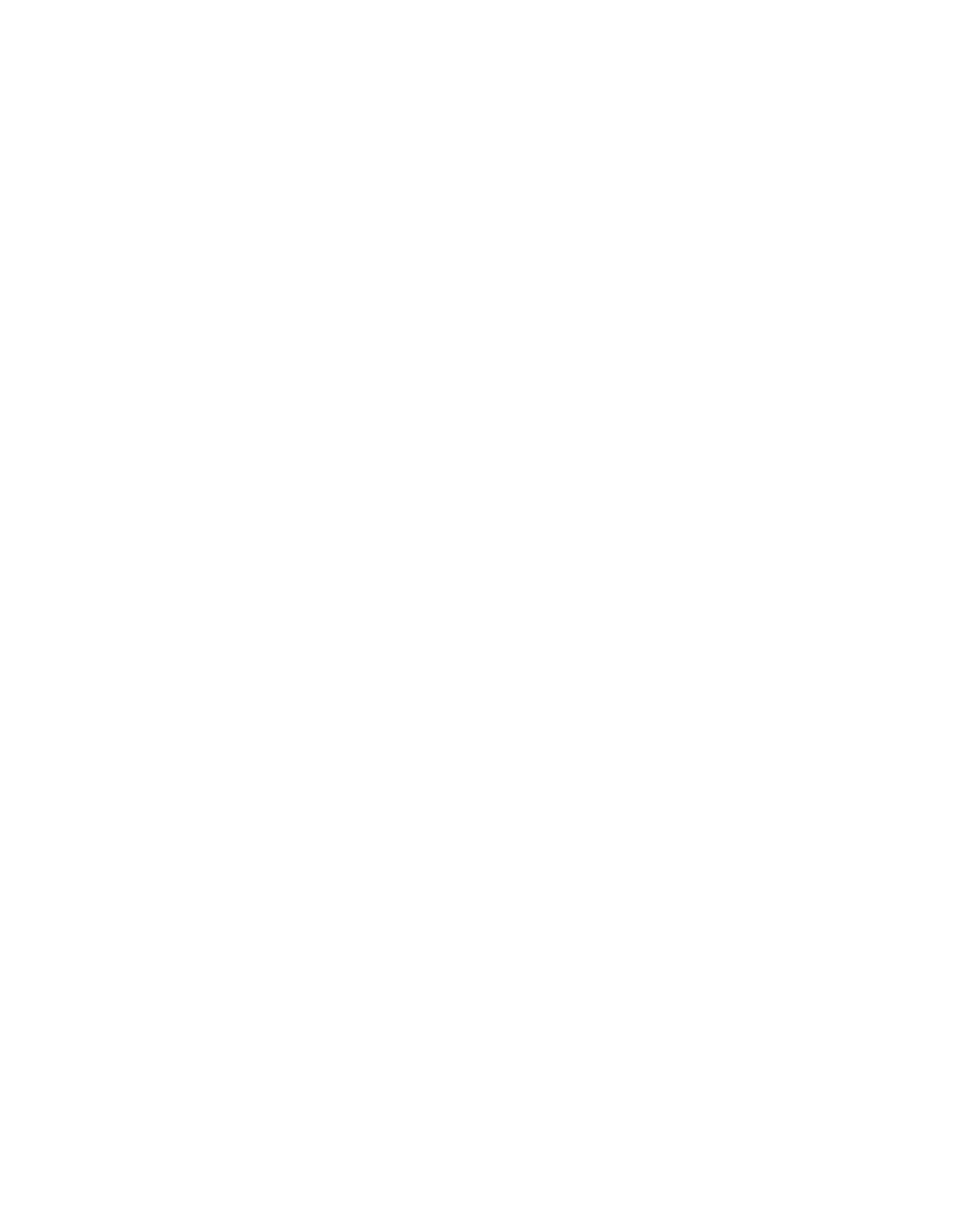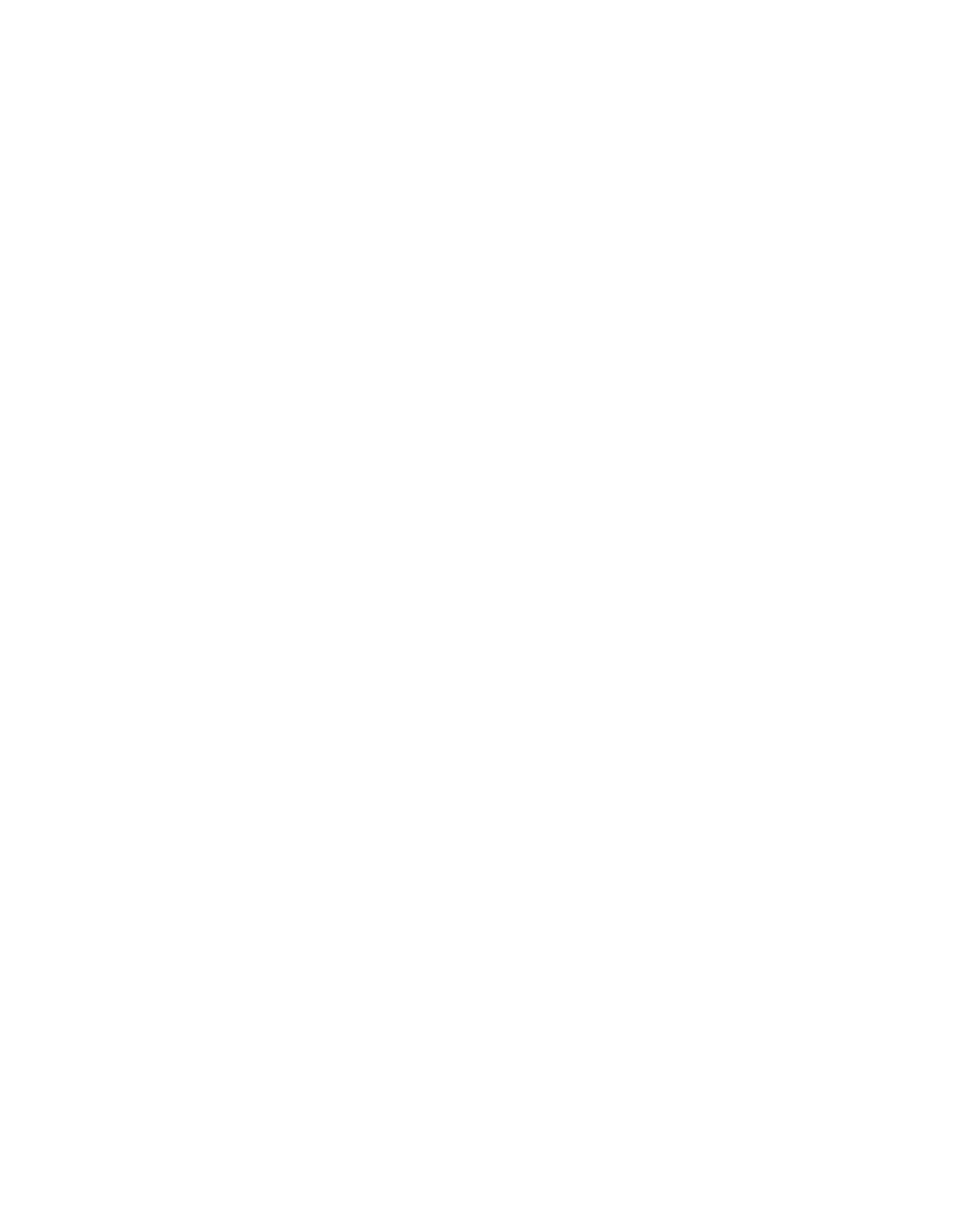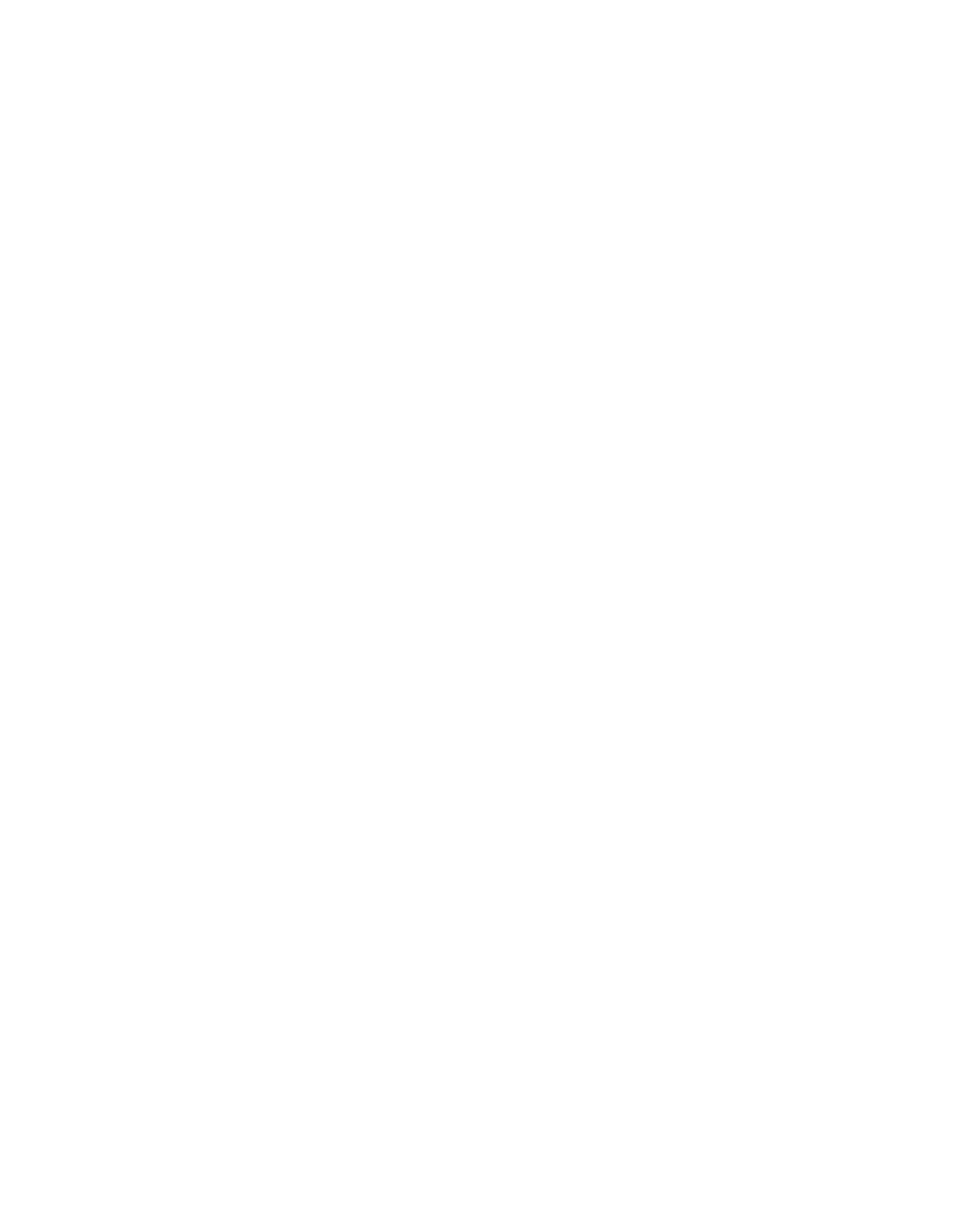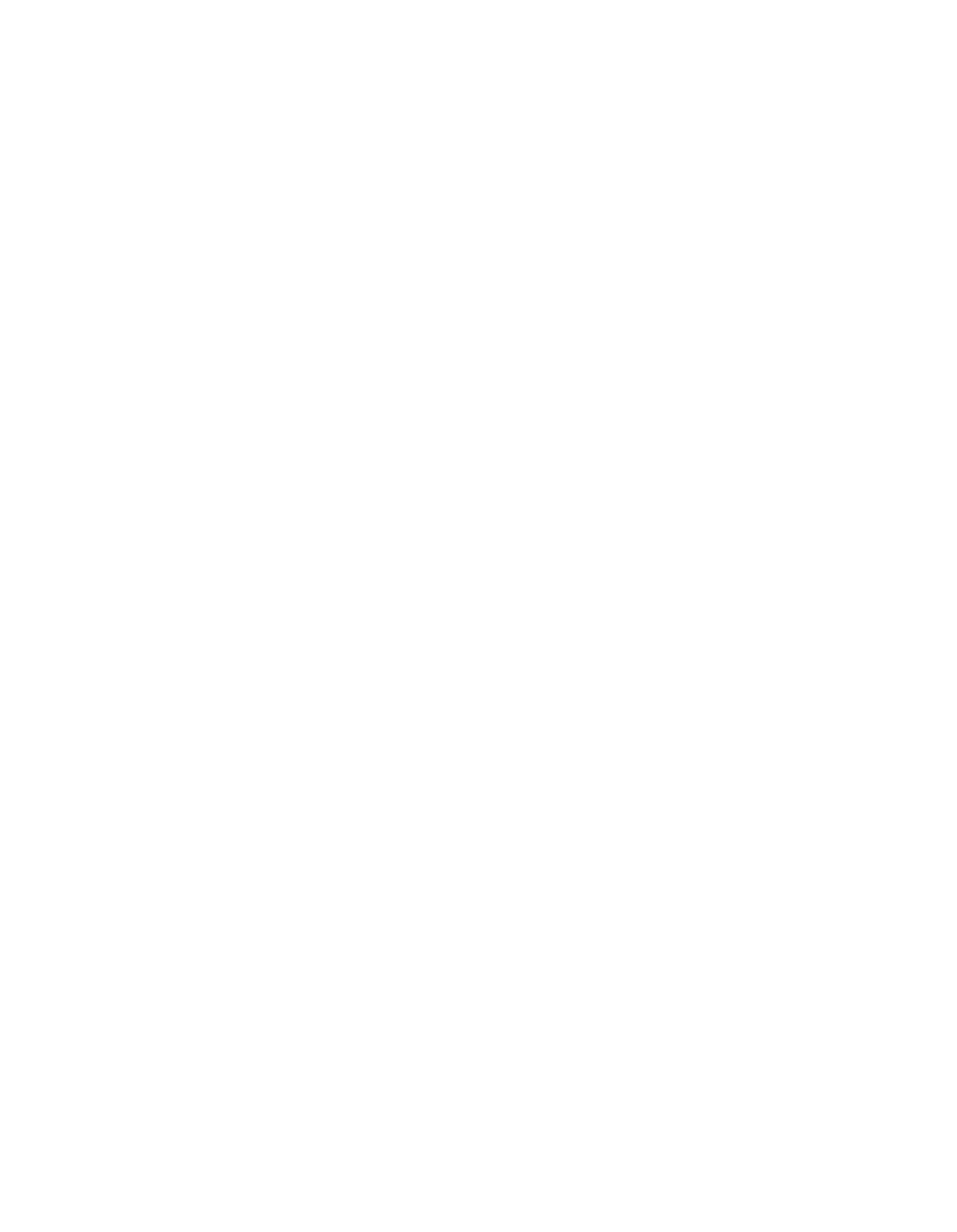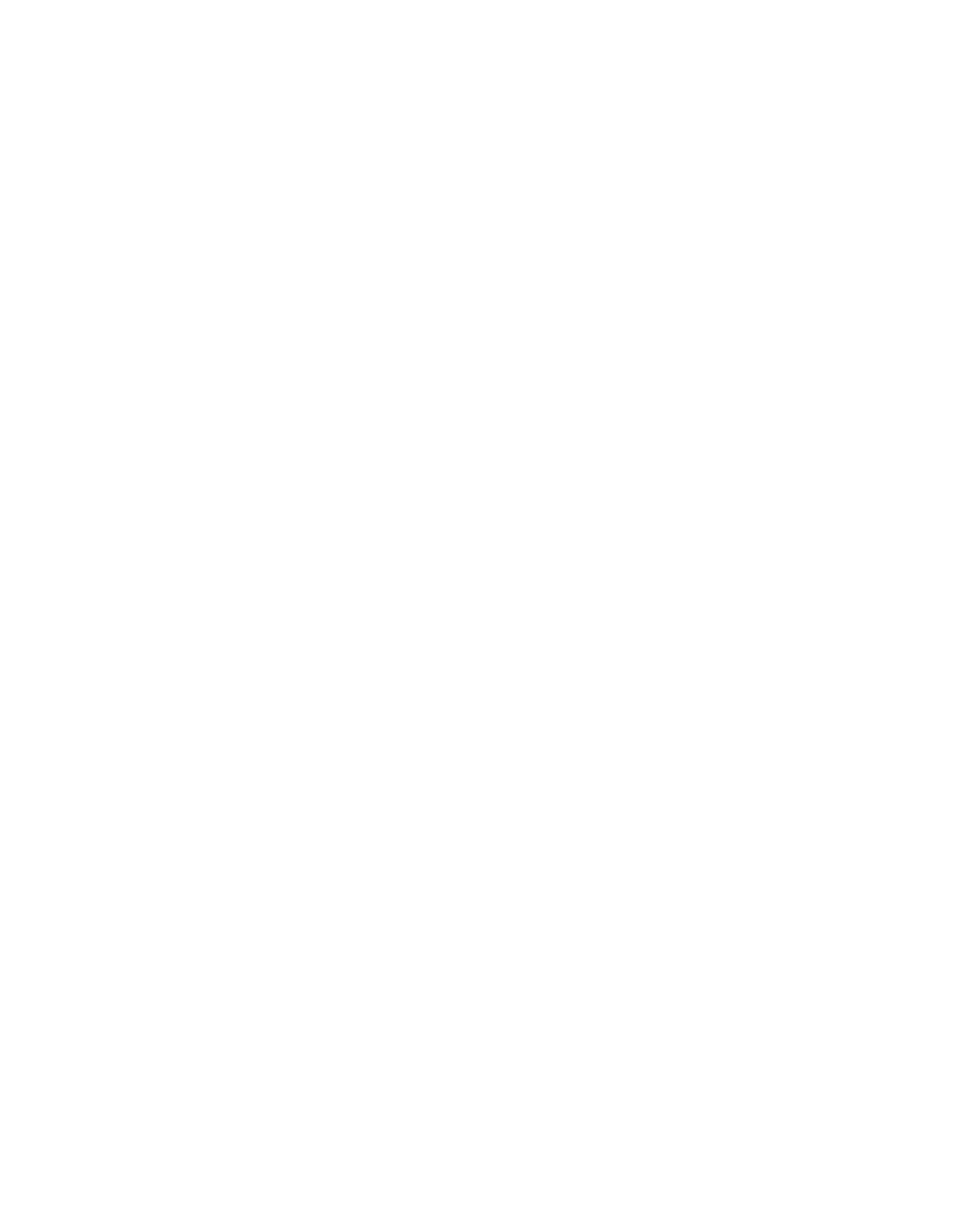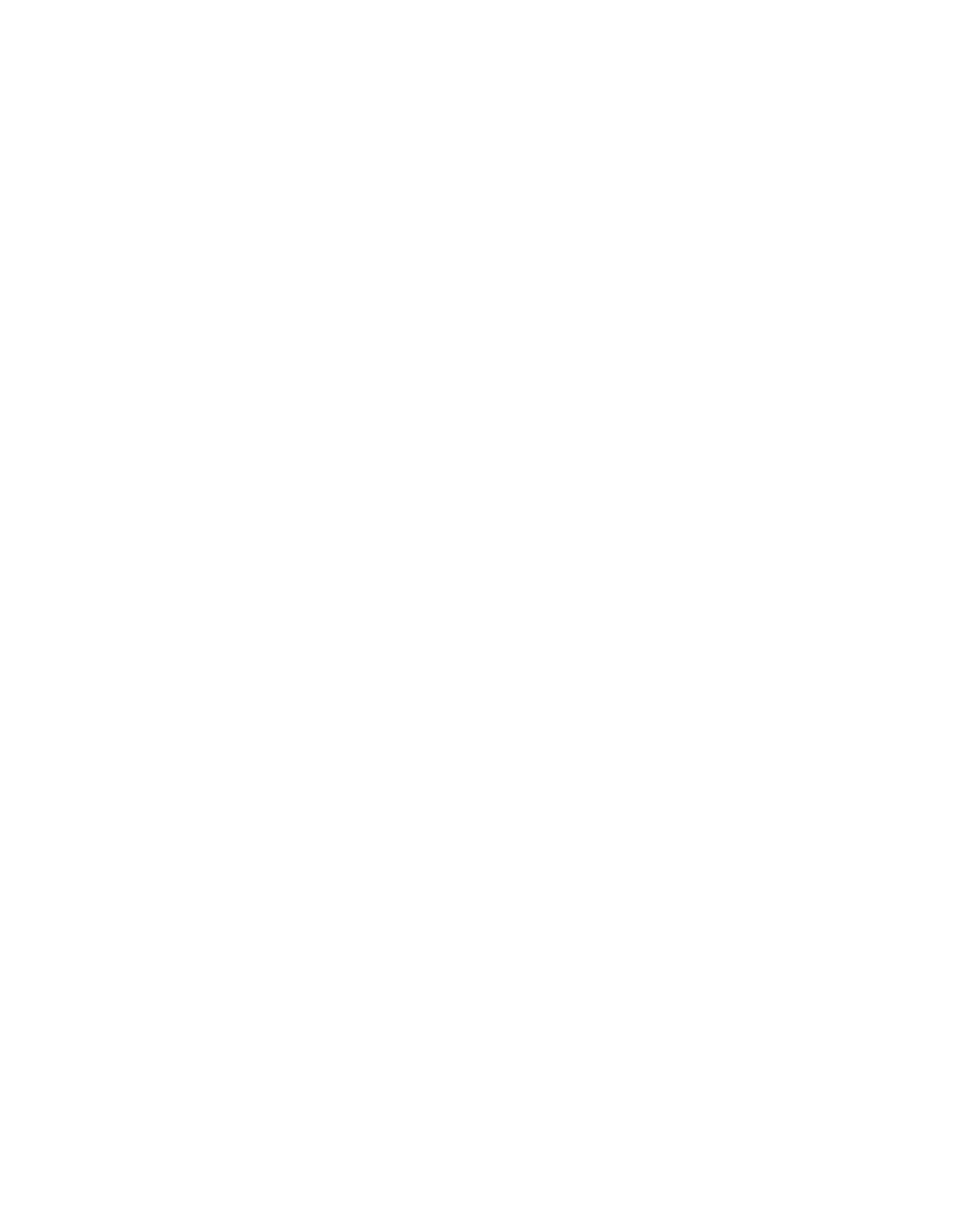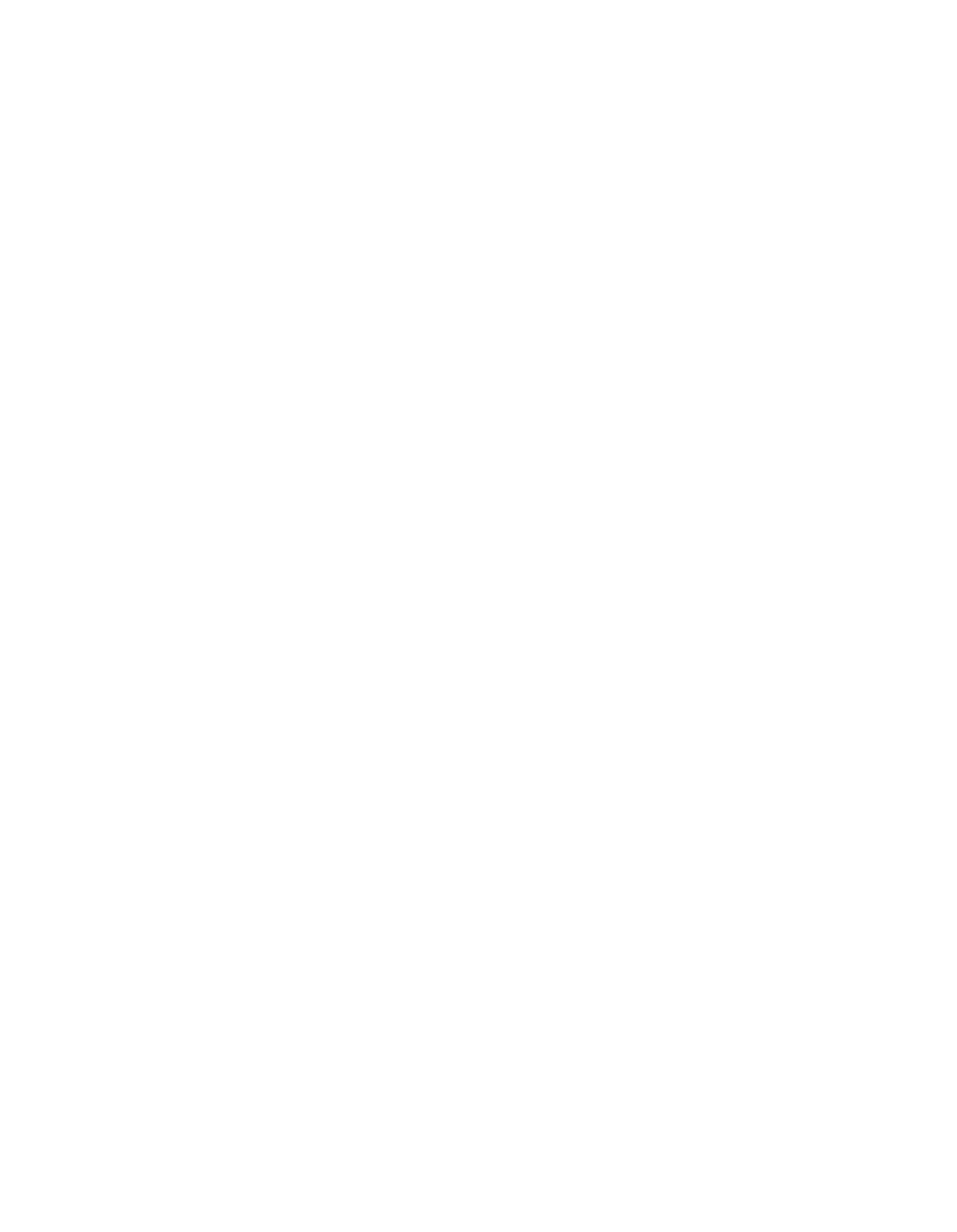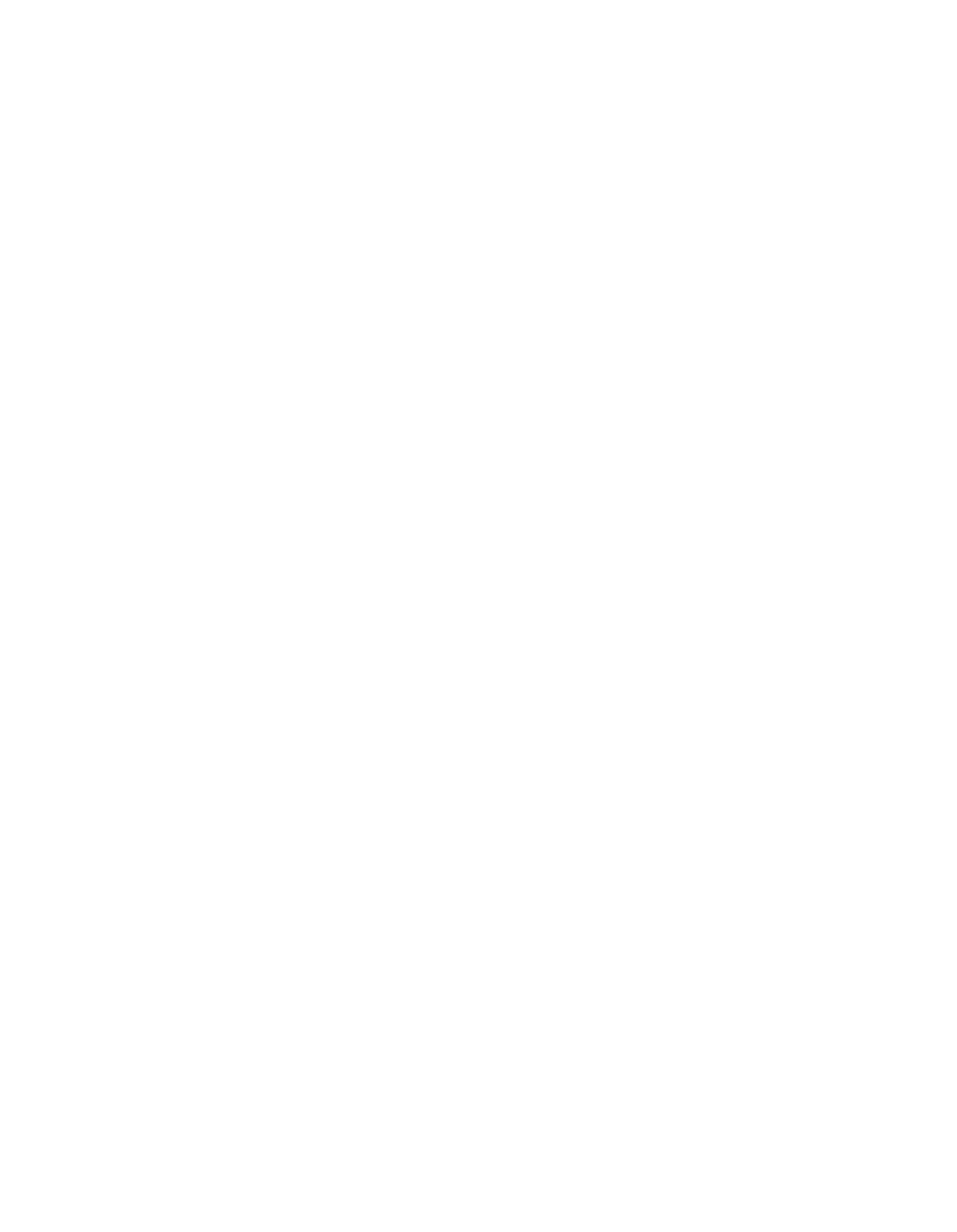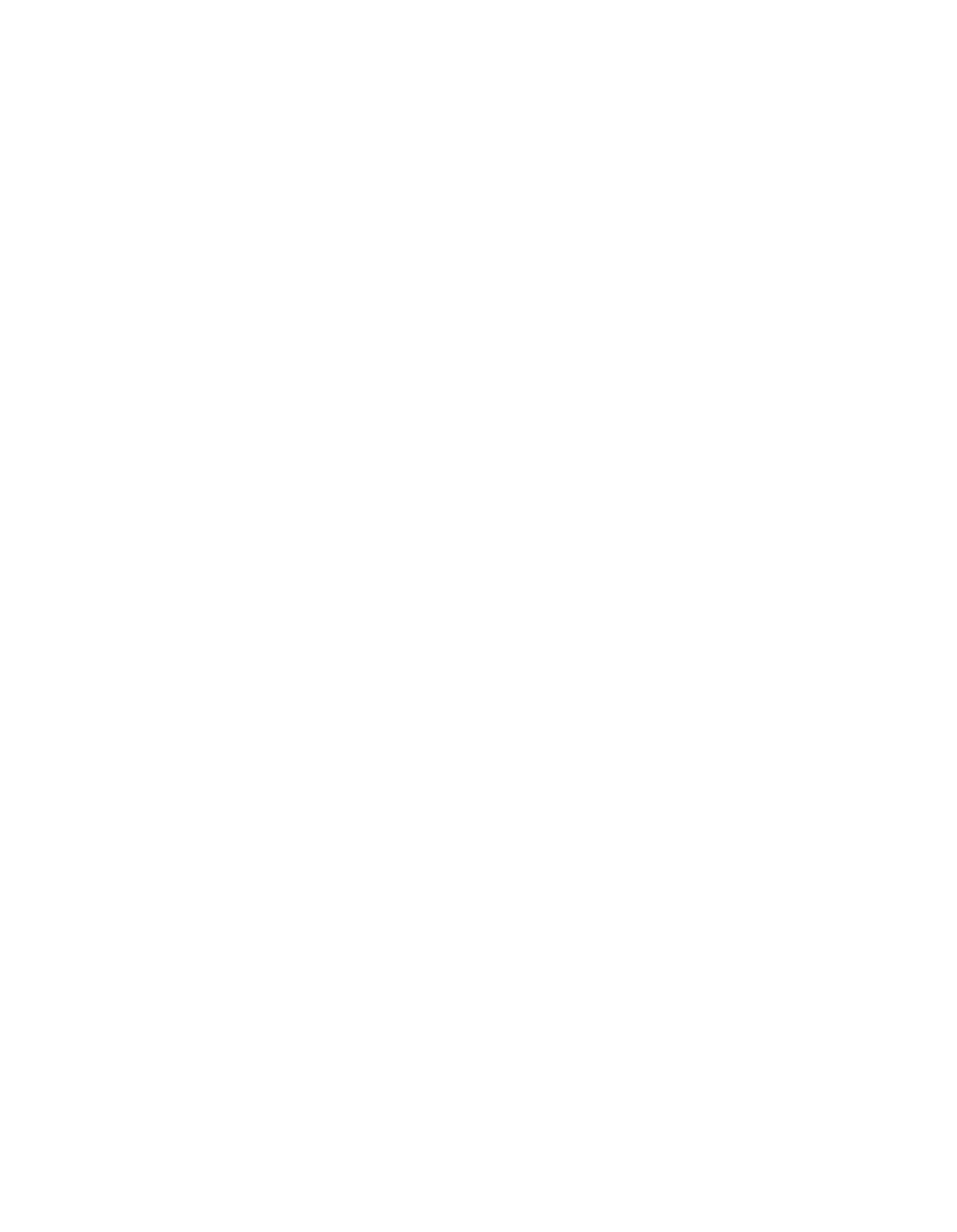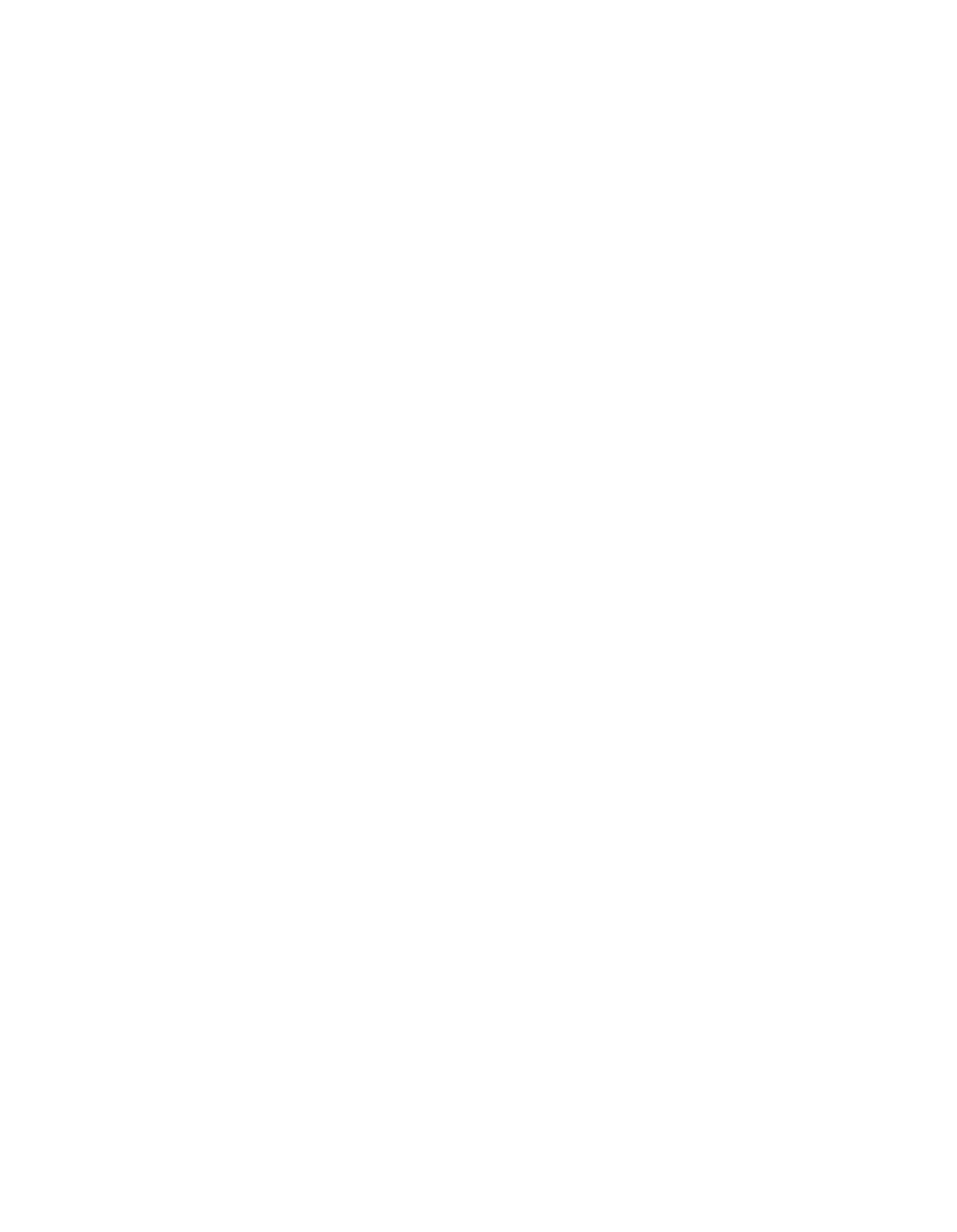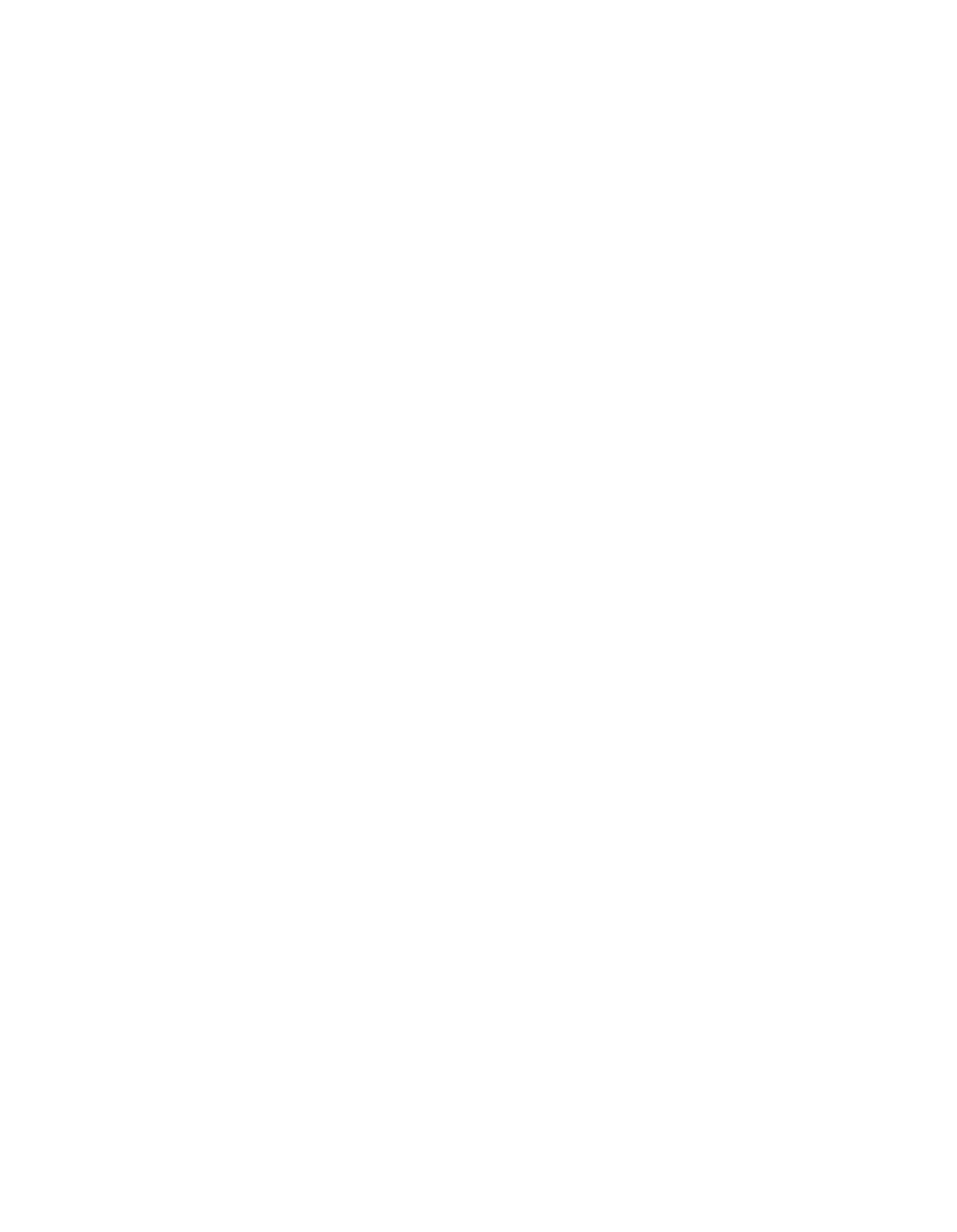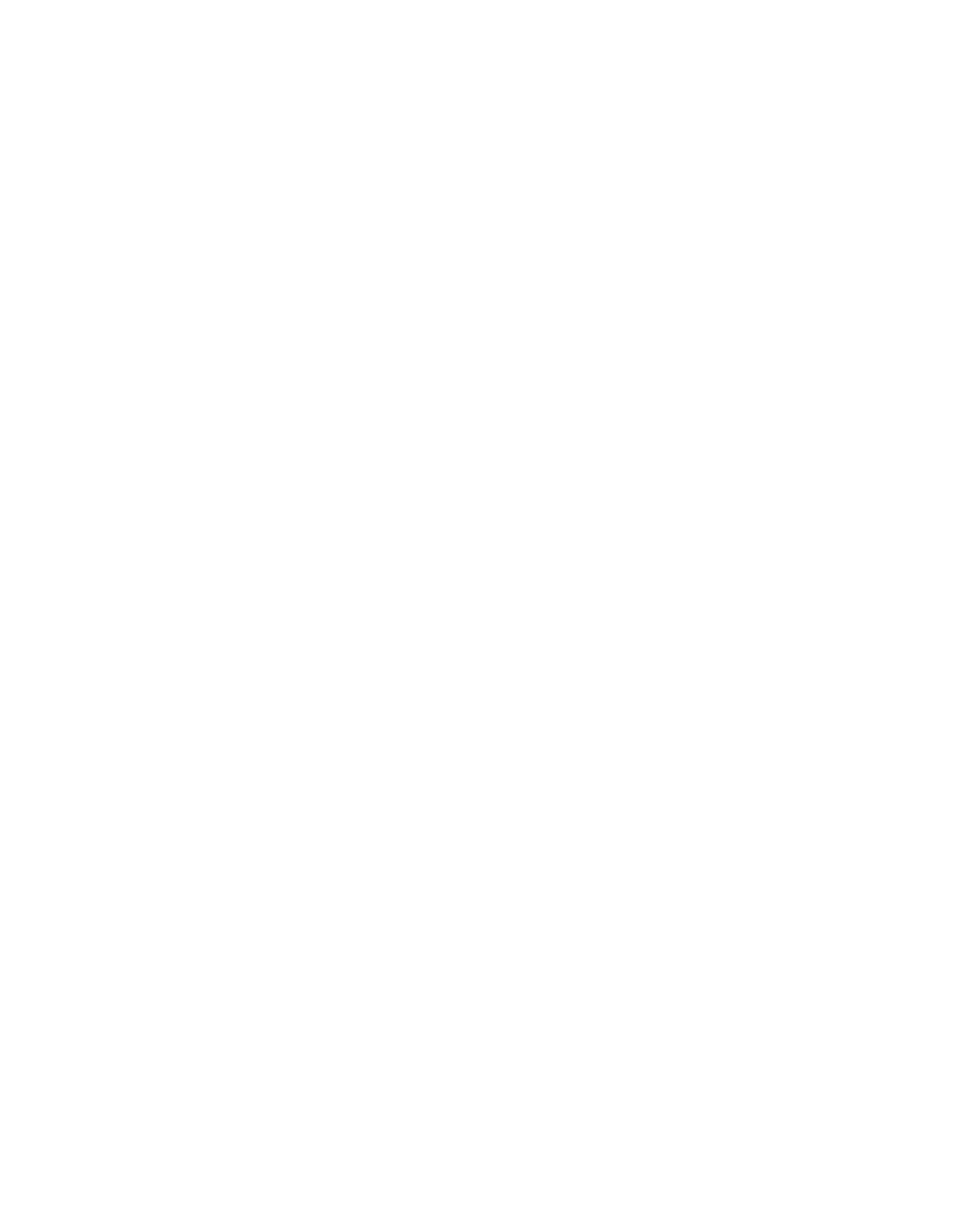ILLINOIS POLLUTION CONTROL BOARD
January 23, 1992
IN THE
MATTER
OF:
)
R91—5
PRETREATMENT UPDATE
)
(Identical in Substance Rules)
(6/29/90
—
12/31/90)
)
ADOPTED RULE.
FINAL ORDER.
OPINION OF THE BOARD
(by J.G. Anderson):
The Board is amending the pretreatment regulations pursuant
to Section 13.3 of the Environmental Protection Act (Act).
The
text is contained in a separate Final Order of this same day.
Section 13.3 of the Act requires the Board to adopt
regulations which are “identical
in substance” with federal
regulations promulgated by the United States Environmental
Protection Agency
(USEPA) to implement the pretreatment
requirements of Sections 307 and 402 of the Clean Water Act,
previously known as the Federal Water Pollution Control Act.
Section 13.3 provides that Title VII of the Act and Sections 5
and 6.02 of the Administrative Procedure Act
(APA)
shall not
apply to identical in substance regulations adopted to establish
the pretreatment program.
However, Section 13.3 of the Act does
require the Board to provide for notice and public comment before
rules are filed with the Secretary of State.
S.B. 1834
(P.A. 85—1048)
includes a definition of “identical
in substance” in new Section 7.2 of the Act.
This legislation
codifies the Board’s past interpretations of its mandate under
Section 13.3 of the Act.
This rulemaking updates the pretreatment rules to cover
USEPA rules adopted from June 29 through December 31,
1990.
The
following Federal Registers are included:
55
Fed
Reg.
26691
June 29,
1990
55
Fed. Reg.
30082
July 24,
1990
55
Fed. Reg.
31692
August
3,
1990
55
Fed. Reg.
36932
September 7,
1990
The pretreatment rules govern discharges by industrial users
to publicly owned treatment works (POTW5).
The rules are
intended to prevent industrial discharges from passing through
POTWs without adequate treatment to waters of the State,
and to
prevent industrial discharges from interfering with the operation
of the treatment plant.
Effluent discharges are regulated
pursuant to 35 Ill. Adm. Code 304 and 309.
The Illinois pretreatment rules are contained in 35
Ill.
Adm. Code 307 and 310,
and more recently,
as part of this
rulemakinq, Part 309.
Part 307 includes the categorical
129—375
2
pretreatment standards, which are incorporated by reference from
the USEPA rules.
Part 310 specifies how a POTW sets up
a
pretreatment program, and how industrial users get pretreatment
permits or authorizations to.discharge.
•Part
309. sets forth the
NPDES permit requirements.
Although Part 309 does not pertain
directly to sewer users and industrial wastewater pretreatment,
it includes requirements at Section 309.103 that pertain to NPDES
permitees required to have an approved pretreatment program.
PUBLIC COMMENTS
The Board adopts the instant amendments to 35 Ill. Adm. Code
307,
309,
and 310 by its Order accompanying this Opinion.
The
proposed amendments appeared in the Illinois Register on December
6,
1991,
at 15
Ill. Reg.
17523
(Part 307),
15
Ill. Reg.
17523
(Part 309), and 15
Ill. Reg.
17523
(Part 310).
The Board received two public comments in this matter.
On
December 12,
1992,
we received the first from the Secretary of
State, Administrative Code Division (PC#1).
That comment
suggested a number of textual format corrections for compliance
with the codification requirements.
On January 17,
1992,. the
Board received a comment from the Illinois Environmental
Protection Agency
(PC #2).
The Agency suggested a number of
format and substantive corrections.
Each aspect of the comments
is discussed in the appropriate part of the following discussion.
The detailed discussion that follows indicates each topic on
which the Board especially invited public comment.
In any event,
the Board construes silence as no objection to the Board’s
approach to each topic.
HISTORICAL OUTLINE OF BOARD PRETREATMENT REGULATION
The Illinois pretreatment rules were adopted
in R86-44,
84
PCB
89, Opinion and Order of the Board of December 3,
1987.
The
rules appeared at
12 Ill.
Reg. 2502
(Jan.
29,
1988),
effective
January 13,
1988.
The Board has updated the pretreatment rules in the
following update rulemakings:
R88—ll
90 PCB 411, June 14,
1988;
12
Ill. Reg.
13094,
effective July 29,
1988
(USEPA amendments through
December 31,
1987).
R88—18
94 PCB 237, December 17,
1988;
13 Ill. Reg.
1794,
effective January 31,
1989
(USEPA amendments
January 1 through June 30,
1988).
R89—3
103 PCB 609, September 28,
1989;
13
Ill.
Reg.
19243, effective November 17,
1989
(Part 307) and
129—376
3
November 27,
1989
(Part 310)
(USEPA amendments
July
1 through December 31,
1988).
R89—12
110 PCB 119, April 12,
1990;
14
Ill. Reg.
7608,
effective May 8,
1990 (USEPA amendments January
1
through June 30,
1989).
R90—6
Dismissed,
109 PCB 629, March 22,
1990
(No USEPA
amendments July 1,
1989 through December 31,
1989).
R90—15
Dismissed, June
20,
1991
(No USEPA amendments
January 1 through June 28,
1990).
R9l—5
This docket
(USEPA amendments June 29,
1990
through December 31,
1990).
DETAILED DISCUSSION
The specific amendments derived from the USEPA actions made
on March 17 and June 29,
1989 affect the categorical pretreatment
standards reflected in Part 307.
The amendments derived from
USEPA actions made on May 2,
1989 affect the program requirements
reflected in Part 310.
No amendments arise from the federal
amendments of January 4 and April 4,
1989.
In R86—44 the Board generally referenced the 1986 edition of
the Code of Federal Regulations.
The Board is updating the
references to all Sections up for reyiew in this update to the
1990 edition of the Code of Federal Regulations.
Pursuant to the
Board’s mandate in Section 7.2(a)(1)
of the Act, amendments
concerning directives for program approval have not been adopted.
By PC#1,
the Administrative Code Division suggested that the
Board update all statutory references to the 1989 version of the
Illinois Revised Statutes.
The Board make this revision at the
main source notes to Parts 307,
309, and 310 and in the
definition of “act” at Section 310.110.
The Board also corrects
the citations to “307.Appendix A” and 309.Appendix A” in the
table of contents to Parts 307 and 309 and corrects the effective
date of R88-9 in the source note to Part 307.
PART 307
SEWER
DISCHARGE CRITERIA
SUBPART B:
GENERAL
AND
SPECIFIC PRETREATMENT REQUIREMENTS
Section 307.1101
General and Specific Requirements
35 Ill. Adm.
Code 307.1101 derives from 40 CFR 403.5.
USEPA
amended paragraph
(b) at 55 Fed. Reg.
30129, July 24,
1990.
The
Board amends this Section to correspond with the federal
129—377
4
amendments.
The federal amendment of 40 CFR 403.5(b) (1)
(corresponding
to 35 Ill. Adm. Code 307.1101(b) (1))
is intended to add
specificity to the prohibition against discharge of materials
that can cause a fire or explosion hazard.
~g
55 Fed. Reg.
30084—87.
It now specifies a flashpoint limit and a test method
for the discharges.
The only deviation from the federal language
in subsection
(b) (1)
is the replacement of the citation to the
federal regulation containing the test method with the
corresponding Illinois Administrative Code citation.
New federal paragraph
(6)
(corresponding with 35 Ill. Adm.
Code 307.1101(b) (11))
adds a prohibition against discharging oils
into a sewer of types and in quantities that could cause
treatment plant upset or pass through.
See 55 Fed. Reg. 30091-
92.
The Board does not deviate from the federal language at new
subsection
(b) (11).
New federal paragraph
(7)
(corresponding with 35 Ill.
Adin.
Code 307.1101(b) (12))
adds a prohibition against discharging
pollutants into a sewer that could cause toxic gases, vapors and
fumes at the treatment plant in a quantity which could endanger
worker health and safety.
~
55 Fed. Reg. 30087-91.
The Board
does not deviate from the federal language at new subsection
(b) (12)
New federal paragraph
(8)
(corresponding with 35 Ill.
Adm.
Code 307.1101(b) (13)) adds a prohibition against discharging into
a sewer system at any point except a point designated by the
POTW.
~
55 Fed. Reg. 30097—99.
The Board does not deviate
from the federal language at new subsection
(b) (13).
The Board also effects a small number of non—substantive
amendments to Section 307.1101.
Initially, we change the
punctuation of both subsections by adding colons after the
lettered subsection headings and semicolons
(and the word “or,”
where appropriate) after each numbered subsection.
The Board
also adds a note to this Section that would indicate the source
of this subsection.
The note cites 40 CFR 403.3 and 55 Fed. Reg.
30129, July 24,
1990.
SUBPART 0:
ORGANIC CHEMICALS, PLASTICS
AND
SYNTHETIC FIBERS
~c~trnn
307.2400
~n~r~1
Provisions
Section 307.2401
Rayon Fibers
ion 307.2402
Other Fibers
ion 307.2403
Thermoplastic Resins
Sect
Sect
Section 307.2404
Thermosetting Resins
Section 307.2405
Commodity Organic Chemicals
Section 307.2406
Bulk Organic Chemicals
Section 307.2407
Specialty Organic Chemicals
129—378
5
Section 307.2490
Non—complexed Metal-bearing and Cyanide-bearing
Wastestreams
The Board uses this opportunity to correct a minor,
non—
substantive typographical error at 35 Ill.
Adm. Code 307.2400-
(b) (3):
the Board changes “nothwithstanding” to
“notwithstanding.”
On June 29,
1990, at 55 Fed. Req.
26692, USEPA amended a
number of sections in 40 CFR 414
(the Organic Chemicals,
Plastics
and Synthetic Fibers Category)
in response to a federal judicial
remand in Chemical Manufacturers Association v.
EPA,
870 F.2d 177
(5th Cir.
1989).
USEPA withdrew the limitations subject to the
remand.
13 pollutants were deleted from 40 CFR 414.25,
414.35,
414.45,
414.55,
414.65,
414.75,
and 414.85:
acenaphthene, 2,4—
dimethyiphenol,
fluoranthene, naphthalene, phenol,
bis-
(2-ethyl-
hexyl)phthalate, di-N-butylphthalate, diethylphthalate, dimethyl—
phthalate,
anthracene,
fluorene, phenanthrene, and pyrene.
19
pollutants were removed from 40 CFR 414.101:
acenaphthene, 2,4—
dimethyiphenol,
fluoranthene, naphthalene, phenol,
bis-(2
-ethyl-
hexyl)phthalate,
di-N-butylphthalate, diethylphthalate, diinethyl-
phthalate,
benzo(a) anthracene,
benzo(a)pyrene,
3, 4—benzofluor—
anthrene, benzo (k) fluoranthene, chrysene, anthracene,
fluorene,
phenanthrene,
and pyrene.
USEPA also deleted the “tetraethyl
lead/alkyl halide
+
sodium-lead alloy” and “tetramethyl lead/
alkyl halide
+
sodium—lead alloy” entries from 40 CFR, appendix A
table under the heading “lead.”
35 Ill.
Adm. Code 307.2401 derives from 40 CFR 414.25.
35
Ill.
Adm. Code 307.2402 derives from 40 CFR 414.35.
35
Ill.
Adin.
Code 307.2403 derives from 40 CFR 414.45.
35 Ill. Adm. Code
307.2404 derives from 40 CFR 414.55.
35 Ill. Adm. Code 307.2404
derives from 40 CFR 414.55.
35 Ill. Adm. Code 307.2405 derives
from 40 CFR 414.65.
35
Ill. Adm. Code 307.2406 derives from 40
CFR
414.75.
35 Ill.
Adm. Code 307.2407 derives from 40 CFR
414.85.
35 Ill. Adm. Code 307.2490 derives from 40 CFR 414,
App.
A.
Each of these provisions incorporates the corresponding
federal limitations by reference.
For this reason, the Board updates the incorporations by
reference at the appropriate places to include the revisions as
embodied in the 1990 edition of the Code of Federal Regulations.
This volume includes the June 29,
1990 federal amendments.
This
means the Board updates the references at 35 Ill. Adm. Code
307.2401(c) (1)
&
(d) (1), 307.2402(c) (1)
&
(d) (1), 307.2403(c) (1)
&
(d) (1), 307.2404(c) (1)
&
(d) (1),
307.2405(c) (1)
&
(d) (1),
307.2406(c)
(1)
&
(d)
(1),
307.2407(c)
(1)
&
(d)
(1)
,
and
307.2490.
SUBPART
V:
NONFERROUS
METALS
MANUFACTURING
At
55
Fed.
Req.
31692,
August
3,
1990,
USEPA
amended
the
129—3 79
6
effluent discharge limitations’ and pretreatment requirements at
40 CFR 421, the Nonferrous Metals Manufacturing category.
This
included amendments to the Metallurgical Acid Plants
(subpart I),
Primary Beryllium (Subpart 0), Primary Molybdenum
(Subpart 5),
Secondary Molybdenum and Vanadium (subpart T), Secondary Precious
Metals
(Subpart X), and Secondary Tungsten and Cobalt (subpart
AC) subcategories.
USEPA promulgated these amendments as a
result of settlement negotiations arising from several judicial
challenges to its rules originally adopted in 1984 and 1985.
Primari~y, the amendments change limitations based on revised
estimates of treatment removal effectiveness for various
pollutants.
They also correct certain assumptions as to
manufacturing production, revise effective dates,
and effect some
clarifications.
USEPA published corrections to some of these
amendi~ientsat 55 Fed. Reg.
36932,
September
7,
1990.
Section
307.3100
35
Ill.
Adm.
Code
307.3100
derives
from
40
CFR
421.1
through
421.5.
Existing subsection
(C)
incorporates
40
CFR
421.3
by
reference,
and subsection
(d)
incorporates 40 CFR 421.4.
USEPA
amended section 421.3
at 55 Fed. Reg.
31697.
New paragraph
(b)
waives the routine cyanide testing requirement for certain
facilities
in the Primary Beryllium subcategory under certain
limited circumstances:
an annual test for cyanide must indicate
less than 0.07 mg/l cyanide, and the facility must certify that
it does not generate or use cyanide.
The Board updates the
incorporation by reference at 35 Ill. Adm. Code 307.3100(c) to
include this federal change.
In addition to. the amendment in response to this federal
amendment, the Board effects two minor, non—substantive
amendments to Section 307.3100.
First, there is no
subsection
(b).
Rather, the subsections run
(a),
(c),
(d), then
(e).
This
corresponds to the federal source material
(i.e,
Section
307.3100(a)
derived from 40 CFR 421.1,
Section 307.3100(c)
derived from 40 CFR 421.3,
etc.;
40 CFR 421.2 is reserved),
but
it does not comport with the Board’s usual practice of sequential
numbering of subsections.
For this reason, the Board adds dummy
language in a new subsection
(b),
in order that subsections
(c),
(d), and
(e)
continue to correspond numerically with their
federal counterparts.
Second, the Board uses this opportunity to
routinely change the date of the incorporation by reference at
The Board has not adopted categorical effluent limitations
that correspond with those promulgated by USEPA.
Rather, the Board
focuses
on
the
categorical
pretreatment
standards
that
USEPA
adopts.
~
discussion in opinions of December
3,
1987 in R86-44,
84 PCB 89,
94
& 103—04, and April 12,
1990 in R89—12,
110 PCB 119,
126-27
(why the Board has not yet pursued adoption of categorical
effluent limitations identical-in—substance to the federal ones).
129—380
7
existing subsection
(d)
~renumbered to subsection
(C))
to the
1990 edition of the Code of Federal Regulations.
Section 307.3109
35 Ill. Adm. Code 307.3109 derives from 40 CFR 421.91
through 421.96
(40 CFR Subpart I).
Existing subsection
(b)
incorporates 40 CFR 421.91 by reference, subsection
(C)
(1)
incorporates 40 CFR 421.95, and subsection
(d) (1) incorporates 40
CFR 421.,96.
USEPA amended section 421.96 at 55 Fed.
Reg.
31697.
The effect of this amendment is to remove molybdenum as a limited
pollutant.
The Board updates the incorporation by reference at
subsection
(d) (1) to reflect this federal amendment.
As a
routine, non—substantive matter,
the Board further updates the
incorporation by reference at subsections
(b)
and
(c) (1) to
reflect the more recent edition of the Code of Federal
Regulations.
Section 307.3115
35 Ill. Adm. Code 307.3115 derives from 40 CFR 421.150
through 421.156
(40 CFR Subpart 0).
Existing subsection
(b)
incorporates 40 CFR 421.151 by reference,
and subsection
(d) (1)
incorporates 40 CFR 421.156.
USEPA amended section 421.156 at 55
Fed. Reg.
31700.
The effect of these amendments is to increase
the limitation for fluoride discharges for beryllium hydroxide
supernatant and to add beryllium,
total chromium, copper, total
cyanide,
ammonia—nitrogen,
and fluoride limitations for certain
equipment and activities.
These equipment and activities include
beryl ore gangue dewatering,
bertrandite ore gangue dewatering,
beryl ore processing, aluminum iron sludge area wastewater,
bertrandite ore leaching scrubber, and bertrandite ore
countercurrent and decantation scrubber.
The Board amends Section 307.3115
in response to the federal
amendments.
The Board updates the incorporation by reference at
subsection
(ci)
(1) to reflect this federal amendment.
As a
routine, non—substantive matter, the Board further updates the
incorporation by reference at subsection
(b) to reflect the more
recent edition of the Code of Federal Regulations.
Section 307.3119
35 Ill. Adm. Code 307.3119 derives from 40 CFR 421.210
through 421.216
(40 CFR Subpart S).
Existing subsection
(b)
incorporates 40 CFR 421.211 by reference,
and subsection
(ci) (1)
incorporates 40 CFR 421.216.
USEPA amended section 421.216 at 55
Fed. Reg.
31702.
The effect of these amendments
is to remove
molybdenum as a limited pollutant for certain equipment and
activities.
These
equipment
and activities are molybdenum
sulfide
leachate,
roaster
SO2 scrubber and molybdic oxide
129—38
1
8
leachate.
The Board amends Section 307.3119 in response to the federal
amendments.
The Board updates the incorporation by reference at
subsection
(d) (1) to reflect this federal amendment.
As a
routine, non—substantive matter, the Board further updates the
incorporation by reference at subsection
(b) to reflect the more
recent edition of the Code of Federal Regulations.
Section 307.3120
35
Ill. Adm.
Code 307.3120 derives from 40 CFR 421.220
through 421.226
(40 CFR Subpart T).
Existing subsection
(b)
incorporates 40 CFR 421.221 by reference,
and subsection
(d) (1)
incorporates 40 CFR 421.226.
USEPA amended section 421.226 at 55
Fed.
Reg. 31705.
The effect of these amendments is to remove
molybdenum as a limited pollutant and to change the limitations
for arsenic, chromium,
lead, nickel,
iron, molybdenum, and
ammonia-nitrogen for certain equipment and activities.
Those
equipment and activities are leach tailings and molybdenum
filtrate solvent extraction raffinate.
The amendments also add
limitations for those pollutants for pure grade molybdenum.
The Board amends Section 307.3120 in response to the federal
amendments.
The Board updates the incorporation by reference at
subsections
(ci) (1) to reflect these federal amendments.
As a
routine, non—substantive matter, the Board further updates the
incorporation by reference at subsection
(b) to reflect the more
recent edition of the Code of Federal Regulations.
Section 307.3124
35
Ill.
Adm. Code 307.3124 derives from 40 CFR 421.260
through 421.266
(40 CFR Subpart X).
Existing subsection
(b)
incorporates 40 CFR 421.261 by reference, subsection
(c) (1)
incorporates 40 CFR 421.265, and subsection
(ci) (1)
incorporates
40 CFR 421.266.
USEPA amended sections 421.261,
421.265, and
421.266 beginning at 55 Fed.
Reg.
31705.
The effect of these
amendments is to add a new paragraph defining “combined metals”
as the total of gold, platinum, and palladium and to replace
individual limitations for these metals with limitations for
“combined metals.”
The Board amends Section 307.3124 in response to the federal
amendments.
The Board updates the incorporation by reference at
subsections
(b),
(C)
(1), and
(d) (1)
to reflect these federal
amendments.
Section 307.3129
35 Ill. Adm. Code 307.3129 derives from 40 CFR 421.310
through 421.316
(40 CFR Subpart AC).
Existing subsection
(b)
129—382
9
incorporates
40 CFR 421.311 by reference, subsection
(c) (1)
incorporates
40
CFR
421.315,
and
subsection
(d)(1)
incorporates
40
CFR
421.316.
USEPA
amended
sections 421.315 and 421.316
beginning at 55 Fed. Reg.
31716.
The effect of these amendments
is to revise all limitations for cobalt in this subcategory.
The Board amends Section 307.3129 in response to the federal
amendments.
The Board updates the .incorporation by reference at
subsections
(c)
(1) and
(ci) (1) to reflect these federal
amendments.
As a routine, non—substantive matter, the Board
further updates the incorporation by reference at subsection
(b)
to reflect the more recent edition of the Code of Federal
Regulations.
PART 309
PERMITS
SUBPART
A:
NPDES
PERMITS
Section
309.103
Application
—
General
The
USEPA
amendments
of
July
24,
1990,
at
55
Fed.
Reg.
30082,
have
a
significant
impact
on
certain
POTWs.
They
impose
significant
new reporting
and
recordskeeping
requirements,
and
in
some
instances,
they
require
periodic
whole
effluent
toxicity
testing
as
part
of
the
permit
application
process.
USEPA
added
new
paragraphs
(j)
(1)
through
(j)
(4)
to
40
CFR
122.21.
These
new
paragraphs
(applicable
to
state
programs
pursuant
to
40
CFR
123.25,
see
55
Fed.
Reg.
30128)
require
certain
POTWs
to
provide
USEPA
(or
the
NPDES
permit-issuing
state)
with
the
results
of
whole
effluent
toxicity
testing:
POTWs
which
must
provide
this
information:
1.
All
POTWs
with
a
design
influent
capacity
of
one
million
gallons
per
day
(MGD)
or
more,
and
2.
All
POTWs
required
to
have
a
pretreatment
program;
and
Other
POTWs
of
which
USEPA
(or
the
NPDES
permit-issuing
state)
may
reauire
this
information
based
on
consideration
of
certain
factors:
1.
The
variability
of
effluent
pollutants
or
pollutant
parameters,
2.
The
dilution
ratio
in
the
receiving
stream,
3.
Existing
controls
on
point
and
nonpoint
sources
and
maximum
daily
loading
in
the
receiving
stream
and
the
relative
contribution
of
the
individual
POTW,
129—3 83
10
4.
Receiving stream characteristics
(known water quality
impairment; whether it is a coastal water,
a Great
Lake,
or an outstanding natural resource;
etc.), and
5.
Other considerations that could cause or contribute to
adverse water quality impacts
(including the history of
toxic impact and POTW compliance problems).
This testing must have occurred since the latest permit
reissu~nceor modification.
The POTW must submit this
information together with its NPDES permit application, and if
it
has an approved pretreatment program,
a written technical
evaluation of the need to revise local pretreatment limitations
must accompany the results of the testing.
The existing NPDES regulations include provision for whole
effluent toxicity testing.
35
Ill..
Adm. Code 309.103(a) (3)
confers the determination on the Agency, pursuant to Section 39
of the Act, to require such testing for the POTW to demonstrate
compliance with acute and chronic toxicity criteria.
~
35 Ill.
Adm. Code 302.621
& 302.630.
It is not clear that this Agency
determination to require testing is concurrent with the authority
now required by USEPA for state programs as a result of these
federal amendments.
On the other hand,
it is clear that the
present.
rule does not include concrete circumstances under which
a
POTW
must perform the testing and submit the results to the
Agency
together
with
an
evaluation
of revising local limits.
Section
13.3
of
the
Act requires the Board to adopt
regulations that are identical in substance to federal
regulations promulgated by USEPA pursuant to sections 307(b),
(c), and
(d) and 402(b) (8)
and (b)(9)
of the Clean Water Act,
33
U.S.C.
§S
1317(b),
(c)
&
(ci)
& 402(b) (8)
&
(b)(9).
USEPA asserts
these provisions, at least in part,
as the authority for these
amendments.
~
55 Fed. Reg.
30082
& 30128—29
(July 24,
1990).
Therefore, the Board adopts the new federal requirements nearly
verbatim.
In so
doing
the
Board
renumbers
existing
Section
309.103(a)
(3) to Section 309.103(a) (3) (A) and places the
identical
in substance rule at Section 309.103(a)(3)(B).
The
Board has deviated from the federal language only to the extent
necessary to comport with codification as a state rule.
This
requires the incorporation of 40 CFR 122.62
(a) by reference.
The Board incorporates this reference at this location, rather
than at the incorporations by reference section at 35 Ill. Adm.
Code 310.107, because this incorporation is specific to this
provision, and Section 3.10.107
is specific to Part 310.
The
incorporated federal provision recites the reasons for permit
modification since which the POTW must have last performed the
toxicity testing.
Additionally, the Board adds language to
subsection
(a) that clarifies that the Agency determination as to
129—384
11
toxicity testing is made pursuant to Section 39 of the Act, and
is, therefore,
a permit determination appealable to the Board.
The Board also adds a note to subsection
(a) (3) (A) to indicate
that 40 CFR 122.21(j)
(1990),
as amended at
55 Fed. Reg.
30128
(July 24,
1990),
is the source of subsections
(a) (3) (B) through
(a) (4)
By PC #2, the Agency suggests that the Board correct
“Director” to read “Agency” at subsection
(a) (3) (C) (v).
The
Board ad,opts this correction,
consistent with the rendition
throughout the balance of the text of this Section.
PART
310
PRETREATMENT
PROGRAMS
SUBPART
A:
GENERAL PROVISIONS
Section 310.103
Federal Law
Section 310.105
Confidentiality
Section 310.107
Incorporations by Reference
Section 310.110
Definitions
The Board uses this opportunity to update incorporations by
reference and make a small number of format corrections.
None of
these amendments are prompted by recent federal amendments.
The Board amends 35 Ill. Adm. Code 310.103 (a)
and
(b) to
delete the volume dates for the Code of Federal Regulations.
These references are not incorporations by reference.
Rather,
they are recitations of authorities reserved by USEPA.
USEPA is
not restricted to any but the latest version of its rules for
authority for its actions.
Therefore, the dates are superfluous
and possibly misleading.
The Board adds the date of the Code of Federal Regulations
at 35
Ill.
Adm. Code 310.105(c)
for clarity and consistency with
other incorporated citations.
Further, the Board updates the
format of the Board Note and the version of the Code of Federal
Regulations cited therein.
The Board updates the date of the Code of Federal
Regulations referenced at 35 Ill. Adm. Code 3.10.107(b).
This
does not include 40 CFR 128.140(b)
(1977), which no longer exists
in the 1990 edition of the Code.
In response to PC#1,
the Board adds Section source notes to
Sections 310.103 and 310.105.
Section
310.110
Definitions
USEPA added a definition of “significant new user” to 40 CFR
403.3(t)
at 55 Fed. Reg.
30129, July 24,
1990.
This corresponds
129—385
12
to 35 Ill.
Adin. Code 310.107, the definitions section of Part
310.
Under this definition,
a “significant new user”
is any
industrial user (defined in this section)
subject to categorical
pretreatment standards or which meets certain conditions:
1.
It discharges an average of 25,000 gallons per day
(GPD)
of process wastewater to the POTW,
2.
Its process wastestream contributes five percent
or
more of the dry weather loading of the POTW,
or
3.
It has been designated as such by the POTW due to a
reasonable potential for adversely affecting the POTW’s
operation or for violating a pretreatment standard.
The second subsection of this definition includes an exception
(which does not apply to the first subsection):
an industrial
user may petition the local authority and the local authority may
determine that the user has no reasonable potential for adversely
affecting the POTW’s operation or for violating a pretreatment
standard.
Under such a determination the industrial user is not
a significant industrial user.
The Board adds this definition with only minor deviation
from the federal text to comport with codification requirements.
One format change involves the placement of the exception clause.
USEPA states the definition itself as a paragraph with two
subparagraph.
The federal exception appears as a separate
paragraph that applies only to the second of the two
subparagraphs.
The Board embodies the exception within the
subsection that corresponds to the second federal subparagraphs.
The exception is germane to only one half of the definition,
and
the Board felt that this structure more clearly conveys this
fact.
This is further true because Board definitions subsections
do not normally include labels that would facilitate external
reference to an individual subsection at the exclusion of
another.
By PC #2, the Agency highlights the potential for ambiguity
in the proviso clause in the proposed new definition of
“significant industrial user.”
The Agency desires greater
clarity that this exception applies only to those industrial
users that discharge an average of 25,000 gallons per day or
more,
and not to industrial users subject to categorical
pretreatment standards.
The Agency suggests that the Board
should place the exception language at the beginning of the
second subsection of this definition,
as follows:
“Except, upon a
finding that an industrial user
.
.
.,
any other industrial user
that discharges an average of 25,000 gallons per day or more
.“
The Board appreciates the Agency’s observation with
regard to the need for greater clarity, but the exception clause
is about 80 words long.
In fact,
the Board believes that
129—386
13
placement of this long of a clause at the beginning of this
subsection would have an even greater potential for ambiguity.
In fact, USEPA embodies this exception in a separate subsection
at 40 CFR 403.3(t) (2), as amended at 55 Fed.
Reg.
30129
(July 24,
1990).
That,
and the fact that the Board does not number its
definitions like USEPA, are the reasons we placed the proviso at
the end.
Nevertheless, the Board agrees that greater clarity is
necessary.
We theréfore reword the beginning of the clause as
follows (additions underlined):
“except, upon a finding that an
industri,al user meeting the criteria of this second subsection ~
this definition
.
.
..“
We believe tha~this maximizes the
clarity of this definition without rendering this definition more
convoluted and potentially confusing than the federal language
from which it derives.
By PC #2, the Agency also recommends that the Board add the
word “by” to the definition of “municipal sludge.”
Although we
did not propose any amendment to this definition, the Board
adopts the Agency—recommended correction.
SUBPART B:
PRETREATMENT STANDARDS
The Board amends various Sections in 35
Ill.
Adm. Code 301.-
Subpart B not prompted by federal amendments.
These are updates
of Code of Federal Regulations citations.
Several other
amendments derive from federal amendments.
Section 310.201
General Prohibitions
Section 310.202
Specific Prohibitions
Section 310.210
Specific Limits Developed by POTW
USEPA amended 40 CFR 403.5 at 55 Fed. Reg.
30129.
Paragraph
(a) corresponds to 35 Ill. Adm. Code 310.201.
Paragraph
(b)
corresponds to 35 Ill. Adm. Code 307.1101(b)
and 310.202.
Paragraph
(c) corresponds to 35
Ill. Adm.
Code 310.210.
Paragraph (e~is a solely federal enforcement provision.
The effect of the federal amendments to paragraph
(b)
is to
add several prohibited discharges.
The Board discusses the
amendments to this provision above, with Section 307.1101,
supra,
at page 3.
The effect of the amendments to paragraph
(a) (2)
is
to expand the universe of specific prohibitions for which an
affirmative defense is available to include two of the three new
prohibited discharges:
discharges of mineral oil, nondegradable
cutting oils, etc. and discharges of pollutants that can cause
toxic vapors and gases.
The affirmative defense is already
available for violations of 40 CFR 403.5(a)(1),
(b)(3),
(b)(4),
and
(b) (5)
(corresponding to 35 Ill. Adm. Code 310.201(a),
307.1101(b) (6),
3.07.1101(b) (7), and 307.1101(b) (8) and
(b)(9),
respectively).
These recent federal amendments highlight an apparent
129—387
14
deficiency in the existing text of 35 Ill. Adm. Code 310.201(b)
that the Board Oorrects as it updates that text to correspond to
the new federal language.
Section 310.210(b)
allows the
affirmative defense in the case of any of the various types of
prohibited discharges.
The corresponding federal language is
selective as to the instances when the defense is available.
The
Board amends this provision to correspond more accurately with
the federal rule.
The Board further adds the relative pronoun
“that” to subsection
(b) to correspond with the federal text.
We
update ~he Board Note to indicate the most recent version of the
Code of Federal Regulations,
indicate the source of the more
recent federal amendments,
and update the format of the Board
Note.
35 Ill. Adm. Code 310.202, which roughly corresponds to the
40 CFR 403.5(b) preamble, acts as a road map to 35 Ill.
Adm. Code
307.Subpart
B, which actually sets forth the prohibited
discharges,
in addition to prohibitions relating to mercury and
cyanide.
The regulatory language would track the federal
prohibitions more closely if the Board amends the citation to “35
Ill. Adm. Code 307.Subpart B” to “35 Ill. Adm. Code 307.1101(b)
.“
The Board effects such an amendment.
The Board also changes the
citation to the Code of Federal Regulations to the recent edition
and updates the format of the Board Note.
The effect of the federal amendments to paragraph
(C)
is to
impose a continuing obligation on POTW5 with approved
pretreatment programs.
These POTWs must continue to develop
specific
limits as necessary.
They also must enforce these
limits.
The
Board
adds
the
new
federal
language
at
35
Ill.
Adin.
Code
310.210(a).
The
Board
also
changes
the
citation to the Code
of Federal Regulations to the recent edition,
adds
a citation to
the source of the federal amendments, and updates the format of
the Board Note.
Section
310.220
Categorical
Standards
Section 310.221
Category Determination Request
Section 310.222
Deadline for Compliance with Categorical
Standards
Section 310.230
Concentration and Mass Limits
Section 310.232
Dilution
Section 310.233
Combined Wastestream Formula
35 Ill.
Adm. Code 310.220 derives from the preamble to 40
CFR 403.6.
35 Ill.
Adm. Code 310.221 derives from 40 CFR
403.6(a).
35
Ill.
Adin. Code 310.222 derives from 40 CFR
403.6(b).
35 Ill.
Adin. Code 310.230 derives from 40 CFR
403.6(c).
35 Ill. Adm. Code 310.232 derives from 40 CFR
403.6(d).
35 Ill.
Adm. Code 310.233 derives from 40 CFR
403.6(e).
USEPA amended the preamble language of 40 CFR 403.6 at 55
129—388
15
Fed.
Reg. 30129, July 24,
1990.
The amendment changed a citatioi
to the general prohibitions of section 403.5 to a citation to thE
“applicable pretreatment standards and requirements” of part 403.
The
corresponding
Illinois
standards
and
requirements
appear
at
35 Ill. Adm. Code 307.1101 and 310.
The Board amends the
citation at 35 Ill. Adm. Code 310.220 to “the general
prohibitions established in Sections 310.201 through 210.211”
(ar
obvious error)
to “the standards and requirements set forth at
3E
Ill. Adm. Code 307.1101 and 310.”
In addition to the amendment prompted by the federal
amendment,
the Board effects other, non—substantive amendments.
For each of 35 Ill. Adm. Code 310.220 through 310.233, the Board
also changes the citations to the Code of Federal Regulations to
the
recent
edition,
adds
a
citation
to
the
source
of
the
federal
amendments,
and updates the format of the Board Notes.
SUBPART C:
REMOVAL CREDITS
310.330
Exception to POTW Pretreatment Program
35
Ill. Adm. Code 310.330 derives from 40 CFR 403.7(d).
USEPA did not amend the corresponding federal provision during
the update period.
Rather, the Board effects non—substantive
revisions to this Section.
The Board changes the citation to the
Code
of
Federal
Regulations
to
the
recent
edition
and
updates
the
format
of
the
Board
Note.
SUBPART
E:
POTW
PRETREATMENT
PROGRAMS
310.510
Pretreatment
Program
Requirements:
Development
and
Implementation
by
POTW
35
Ill.
Acm.
Code
310.510
derives
from
40
CFR
403.8(f).
USEPA extensively amended the corresponding federal provision at
55
Fed. Reg.
30129, July 24,
1990.
The effect of the federal
amendments
is
to
revise
the
section
title,
to
reword
the
preamble
language, and to impose several new requirements.
The object of
the title change and rewording of the preamble is to more
pointedly
state
that
“POTW
pretreatment
programs
must
be
based
on
legal authorities and procedures which shall at all times be
fully and effectively exercised and implemented.”
55
Fed. Reg.
30127.
The major thrust of the amendments to 40 CFR 403.8 involves
increased regulation of significant industrial users.
This
Opinion discusses the new definition of “significant new user,”
supra
at page 11.
At 40 CFR 403.8(f) (1) (iii)
(corresponding with
35
Ill. Adm. Code 310.510(a) (3)),
the federal amendments require
the
POTW
to
issue
enforceable
permits
or
“individual
control
mechanisms”
to
significant
industrial
users,
and
they
specify
a
number
of
conditions these mechanisms must include.
These
12 9—389
16
conditions include a duration not to exceed five years,
a
statement
of
non-transferability
without
prior
notice
to
the
POTW, discharge limitations, monitoring and recordskeeping
requirements, and a statement of applicable penalties for
violation.
USEPA amended paragraph
(f) (1)
(vi)
(B)
(corresponding
with Section 310.510(a) (6) (B)) to require the POTW to seek
remedies for non-compliance with the conditions in a permit or
individual control mechanism.
Ano,ther new requirement imposed on the POTW relating to
significant industrial users
is the requirement to determine
industrial users’ status as such and to notify the Agency and the
user.
New federal paragraph
(f) (6)
(corresponding with Section
310.510(f))
requires each POTW to prepare lists of entities
meeting various criteria of the definition of “significant new
user” and submit the lists to the Agency.
(The lists and
subsequent modifications are deemed, approved 90 days after
submission.)
The amendment to paragraph
(f) (2) (iii)
(corresponding
with
Section
310.510(b)
(3))
requires
the
POTW
to
notify
significant
industrial
users
of
their
status
as
such
within
30
days
after
Agency
approval
of
the
lists
or
subsequent
modification.
New
language
at
the
end
.of
paragraph
(f)
(2) (v)
(corresponding with Section 310.510(b) (5)) requires POTWs to
sample
and
analyze
effluent
from
each
significant
industrial
user
at
least. once a year,
and to determine at least once every two
years
whether
each
user
needs
a
plan
to
control
slug
discharges.
If such control
is necessary,
the amended rule includes minimum
requirements for plan contents.
Other amendments to 40 CFR 403.8(f)
relate to enforcement,
some of which clarify various provisions.
Part of the amendment
to
40
CFR
403.8(f)
(1) (vi)
(B)
(corresponding
with
35
Ill.
Adm.
Code 310.510(a) (6) (B)) now specifies that the Agency may
independently seek relief when it feels the monetary penalty
sought by the POTW against a POTW is insufficient.
The
procedural provision relating to ex parte temporary injunctive
relief
is
now
gone
from
this
provision.
At
40
CFR
403.8(f)
(2) (vii)
(corresponding
with
Section
310.510(b)
(7)),
the
provision requiring newspaper notice of industrial users found in
violation during the preceding 12 months, the focus has changed
to noncompliant users,
and noncompliance is now extensively
defined for the purposes of this notice requirement.
New federal
paragraph
(f) (5)
(corresponding with Section 310.510(e))
requires
POTW5 to assemble an enforcement response plan for investigation
of noncompliance.
This provision outlines minimum plan
requirements.
The
Board
adopts
amendments
to
correspond
with
the
new
federal
amendments.
The
Board
deviates
from
the
federal
language
minimally-—only
to
the
extent
necessary
to
comport
with
the
state
regulatory
format.
Additionally,
the
Board
repunctuates
various
subsections
of
Section
310.510
for
consistency,
updates
the
129—390
17
reference to the Code of Federal Regulations in the Board Note,
and adds a citation to the source of the more recent federal
amendments.
In
response
to
PC#1,
the
Board
corrects
the
reference
to
“this
Part”
at
subsection
(a)(3)(D)
and
the
reference
to
“310.
Subpart
F”
at
subsection
(a) (4) (B).
In
response
to
PC
#2,
the
Board
adds
a
comma
between
the
words
“permit”
~and “order”
in
subsection
(a)
(3).
This
is
a
correction
to
the
pre—existing
language
of
this
subsection,
to
correspond to that of 40 CFR 408.3(f)(1)(iii).
The Agency
further
highlights
a
few
other
editorial
errors
in
the
text
of
this
Section.
In
response
to
the
Agency
suggestions,
the
Board
changes
subsection
(a)(3)(D)
to
read
“this
Part
.
.
.,“
deleting
the
reference
to
“403,”
erroneously left in during editing the
federal
text;
we
render
“containment
structures”
in
the
plural
at
subsection
(b) (5) (D);
and
we
render
the
language
“non-substantial
modification”
at
subsection
(f).
With
regard
to
this
last
revision,
the
listing
of
substantial
modifications
at
Section
310.922
would
not
appear
to
contemplate
the
submission
of
the
information
required
by
Section
310.510(f).
Nevertheless,
the
word
“nonsubstantial”
appears
in
the
federal
rule
from
which
subsection
(f)
derives,
and
the
addition
of
this
word
does
add
clarity.
Therefore,
the
Board
adds
it
as
suggested
by
the
Agency.
However,
we
do
not
capitalize
“such”
in
subsection
(a)
(3)
(E)
in
response
to
the
Agency’s
comment.
Rather,
the
Board
corrects
subsection
(b) (3) (E),
so
there
is
now
a
comma,
rather
than
a
period,
after
“however.”
This
obviates
the
capitalization
suggested
by
the
Agency.
SUBPART
F:
REPORTING
REQUIREMENTS
310.611
Requirements
for
Non—Categorical
Standard
Users
35
Ill.
Adm.
Code
310.611
derives
from
40
CFR
403.12(h).
USEPA
amended
40
CFR
403.12(h)
at
55
Fed.
Reg.
30131,
July
24,
1990).
These
amendments
impose
significant
semi—annual
reporting
requirements on significant non-categorical users.
The
significant noncategorical industrial user must assemble these
reports using specified procedures and submit them to the control
authority (the Agency, unless the POTW has an authorized
pretreatment program) unless the POTW has already done so.
This
provision defines a “significant noncategorical user” as a
significant industrial user that is not subject to categorical
pretreatment
standards.
The
Board
adopts
the
federal
amendments
with
only
as
much
revision
as
is
required
for
codification
in
the
Illinois
rule.
In
keeping
with
this,
the
Board
adopts
the
language
of
this
129— 39
1
18
Section as suggested by the Agency.
We render the end of the
fourth sentence as follows:
“.
.
.
approved by the Agency.”
As
the
Agency
notes, this embodies greater consistency between the
state and federal regulatory systems.
The Board also amends the
Board note to reflect the most recent edition of the Code
of
Federal Regulations and adds a reference to the source of the
federal
amendments.
310.613
Notification of Changed Discharge
310.635
Notification of Discharge of Hazardous Waste
35 Ill. Adm. Code 310.613 derives from 40 CFR 403.12(j).
New 35 Ill. Adm. Code 310.635 derives from new 40 CFR 403.12(p).
USEPA amended 40 CFR 403.12(j) and added 40 CFR 403.12(p)
at 55
Fed.
Reg.
30131,
July
24,
1990).
New
paragraph
(p)
requires
industrial users to notify the POTW and the Agency of any
discharge
of
a
material
that
would
otherwise
be
a
hazardous
waste
pursuant
to
40
CFR
261
(corresponding
with
35
Ill.
Adm.
Code
721).
If
the
discharge
is
greater
than
100
kilograms
(kg)
(about
221
pounds
(lbs.))
per
month,
the
provision
specifies
specific
informational
requirements.
The
initial
notification
must
occur
within
180
days
of
the
effective
date
of
the
rule,
within
180
days
of
when
the
discharge
begins,
or
within
90
days
of
the
effective
date
of
regulations
for
newly—listed
hazardous
wastes.
Only
one
notification
is
required
for
each
hazardous
waste
discharged,
and
no
notification
is
required
where
the
user
has
already
reported
under
the
self—monitoring
requirements
of
40
CFR
403.12(b),
(ci),
and
(e)
(corresponding with
35
Ill.
Adm.
Code
310.602,
310.604,
and
310.605).
The
threshold
quantity
of
hazardous
waste
that
triggers
the
reporting
requirement
is
15
kg
(about
33
lbs.),
unless
the
waste
is
an
acutely
hazardous
waste,
in
which
the
user
must
report
the
discharge
of
any
quantity.
The
user
must
certify
with
the
report
that
it
has
a
program
for
the
reduction
of
hazardous
waste
volume
and
toxicity
to
the
extent
economically
practical.
The
federal
amendment of
40
CFR
403.12(j)
(corresponding
with
35
Ill.
Adm.
Code
310.613)
is
related
to
the
addition
of
paragraph
(p),
but
it
imposes
an
additional,
independent
requirement.
Under
amended
paragraph
(j),
a
user
must
notify
the
POTW
in
advance
of
any
substantial
change
in
the
character
or
quantity
of
any
listed
and
characteristic
hazardous
wastes
in
its
discharge.
The
Board
adopts
of
the
federal
amendments
with
the
minimal,
non—substantive revisions necessary to comport with the Illinois
regulatory format.
The Board adopts the Agency—recommended
designation “Manager, Division of Land Pollution Control,” see
PC
#2, rather than the proposed language,
“Manager, Division of
Water
Pollution Control,” at 35 Ill.
Adm.
Code
310.635(a)
(1),
and
“Division
of
Land
Pollution
Control,”,
rather
than
“Division
of
Water
Pollution
Control,”
at
subsection
(c).
We
further
revise
129—392
19
“Discharges
are exempt
.
.
.“
at subsection
(b) to read
“Dischargers are exempt
.
.
.“
in
response
to
PC
#2.
The Board
further
updates
the Board Notes at both Section 310.613
and
310.635
to
reflect
the
most
recent
edition
of
the
Code
of
Federal
Regulations
and
to
reflect
the
source
of
the
more
recent
federal
amendments.
310.63~ Fraud and False Statements
35 ,Ill.
Admn.
Code 310.633 derives
from
former
40
CFR
403.12(n).
USEPA
amended
40
CFR
403.12(n)
at
55
Fed.
Reg.
30131,
July
24,
1990).
The
amendments
to
this
provision
broaden
the
perjury
warning
to
include
the
definition
at
Section
309(c)
(6)
of
the
Clean
Water
Act,
33
U.S.C.
§
1319(c)
(6),
which
renders
“responsible
corporate
officers”
subject
to
penalties
for
perjury.
The
Board
adopts
the
federal
amendment
without
substantive
change.
The Board further revises the citation to “Sections
310.602,
310.604,
310.605,
310.611,
310.612,
and
310.621”
to
“this
Subpart.”
The
corresponding
federal
citation
is
to
“this
section”
(40
CFR
403.12),
for
which
the
corresponding
Board
rules
are located throughout 35 Ill.
Adm.
Code 310.Subpart F.
The
Board
changes
the
reference
in
the
Board
Note
to
the
latest
edition
of
the Code of Federal Regulations and adds a citation to
the
source
of
the
later
federal
amendments.
IT
IS
SO
ORDERED.
I,
Dorothy
M.
Gunn,
Clerk
of
the
‘Illinois
Pollution
Control
Board,
do
hereby
c
tify
that
the
above
Opinion
was
adopted
on
the
2~.’~day of
_____________,
1992,
by
a
vote
of
..~T—
C
~
i7~.
Dorothy M.~unn,
Clerk
Illinois
Pollution
Control
Board
129—3 93
